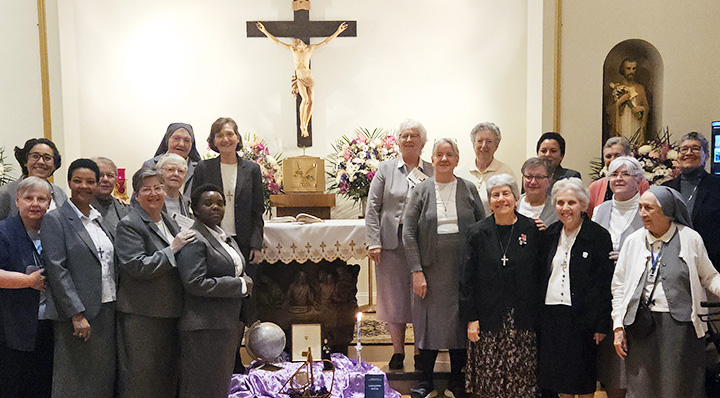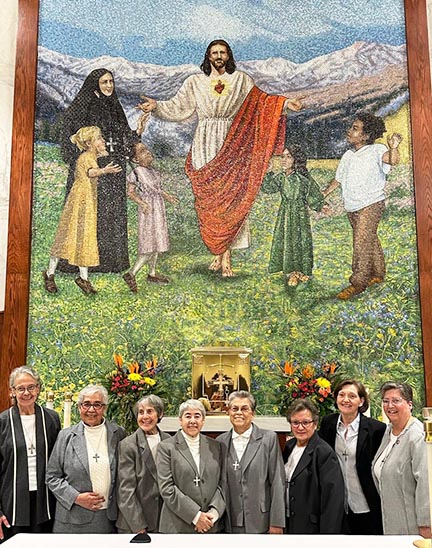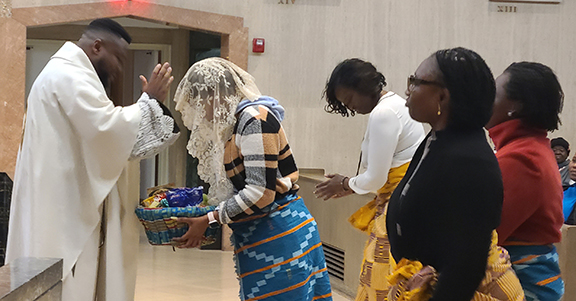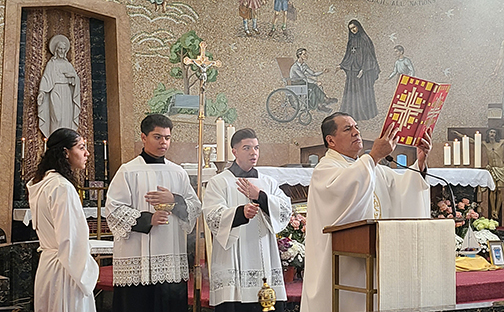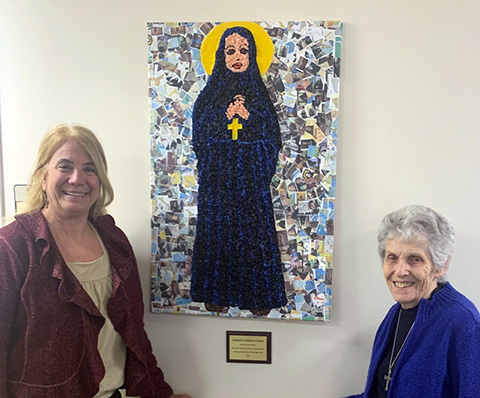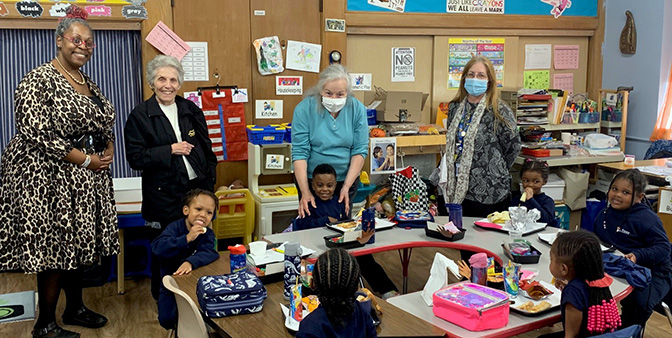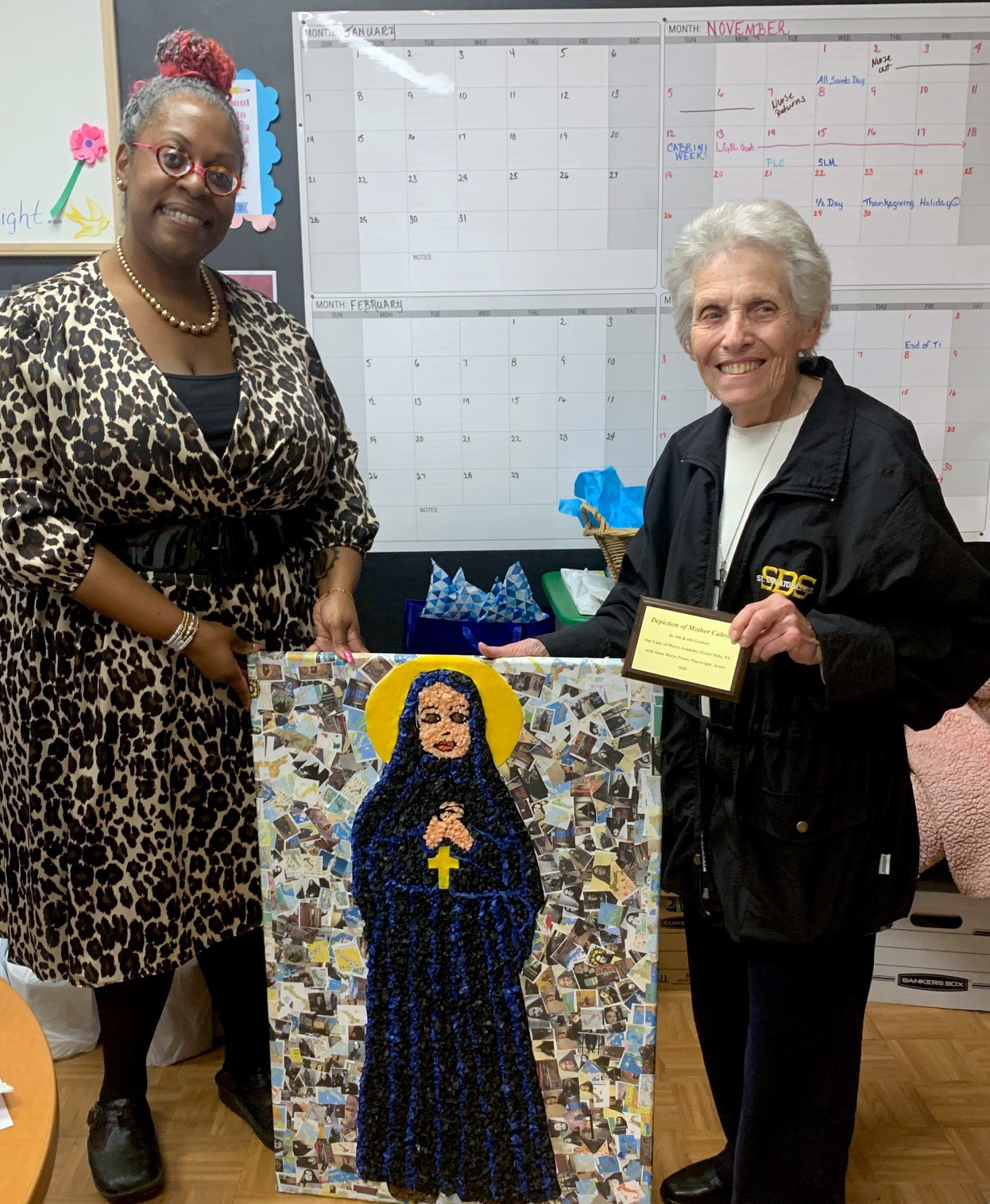 A Professor Emerita at Cabrini University shares that Angel Studios has created an animated feature that tells the story of Mother Cabrini in an age-appropriate manner that illustrates the importance of helping others.
A Professor Emerita at Cabrini University shares that Angel Studios has created an animated feature that tells the story of Mother Cabrini in an age-appropriate manner that illustrates the importance of helping others.
The professor said that friends of hers contacted her saying, “Have you seen this? I plan to show it to our grandchildren. I thought it was well done and a good conversation starter.”
The professor shared the link with a wider group in the Cabrini University community adding her own endorsement, “A good friend sent this to me to share with children. It is a brief, edifying cartoon-style video that can serve as an intro to the heroism of St. Frances Cabrini-the woman who inspired me every day I taught at Cabrini University.”
To access the animated feature, please click here

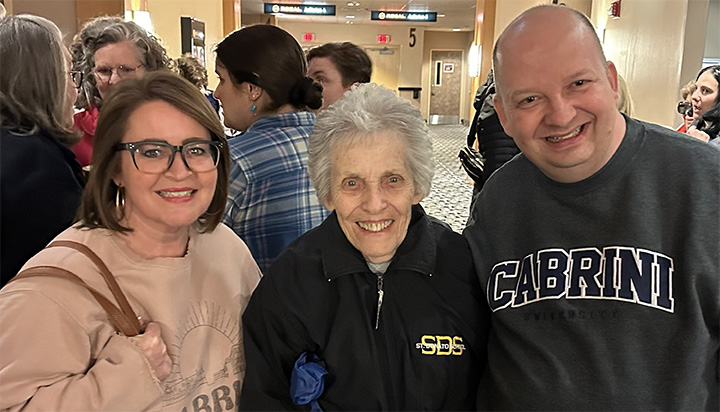
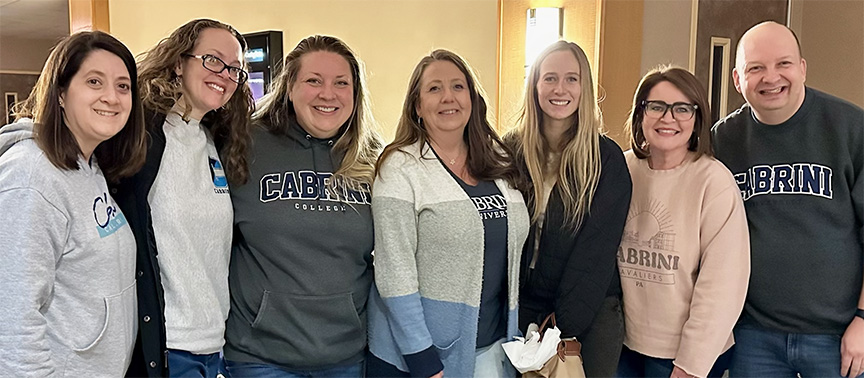
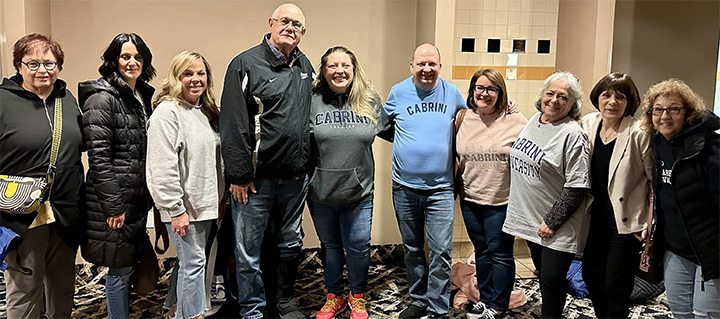 On Saturday, April 6th, Cabrini University alumni, faculty, staff, and friends gathered at the Regal Theatre in King of Prussia, PA, for a special showing of the CABRINI film. Hollie Havens, Cabrini College, Class of 1998, was the creative force spearheading the event.
On Saturday, April 6th, Cabrini University alumni, faculty, staff, and friends gathered at the Regal Theatre in King of Prussia, PA, for a special showing of the CABRINI film. Hollie Havens, Cabrini College, Class of 1998, was the creative force spearheading the event.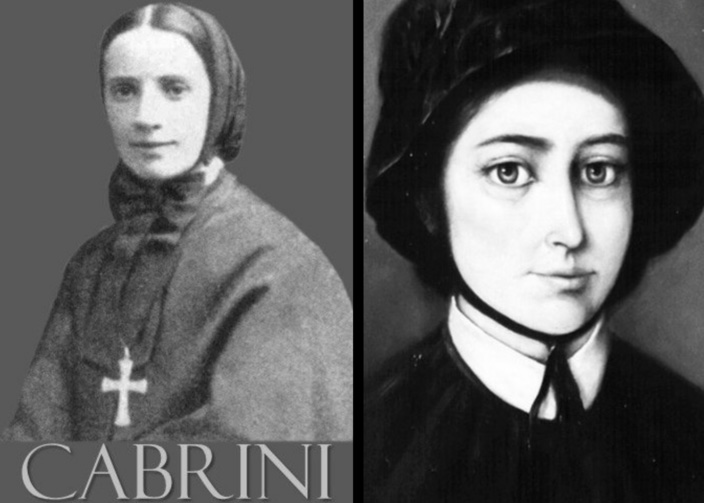 Against immense challenges, Cabrini and her order, the Missionary Sisters of the Sacred Heart of Jesus, go on to found missions, orphanages, and hospitals in New York, and as the film’s coda tells us, around the country and eventually around the world.
Against immense challenges, Cabrini and her order, the Missionary Sisters of the Sacred Heart of Jesus, go on to found missions, orphanages, and hospitals in New York, and as the film’s coda tells us, around the country and eventually around the world.
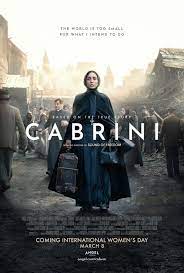 n celebration of Women’s History Month and International Women’s Day, the long-awaited and much-anticipated CABRINI movie will make its debut tomorrow in theaters across the United States.
n celebration of Women’s History Month and International Women’s Day, the long-awaited and much-anticipated CABRINI movie will make its debut tomorrow in theaters across the United States.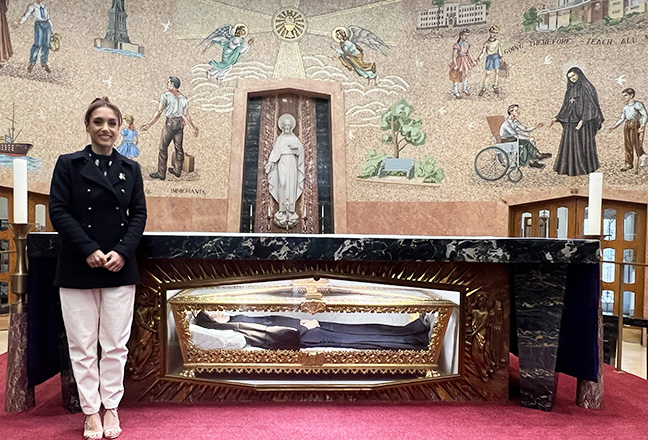
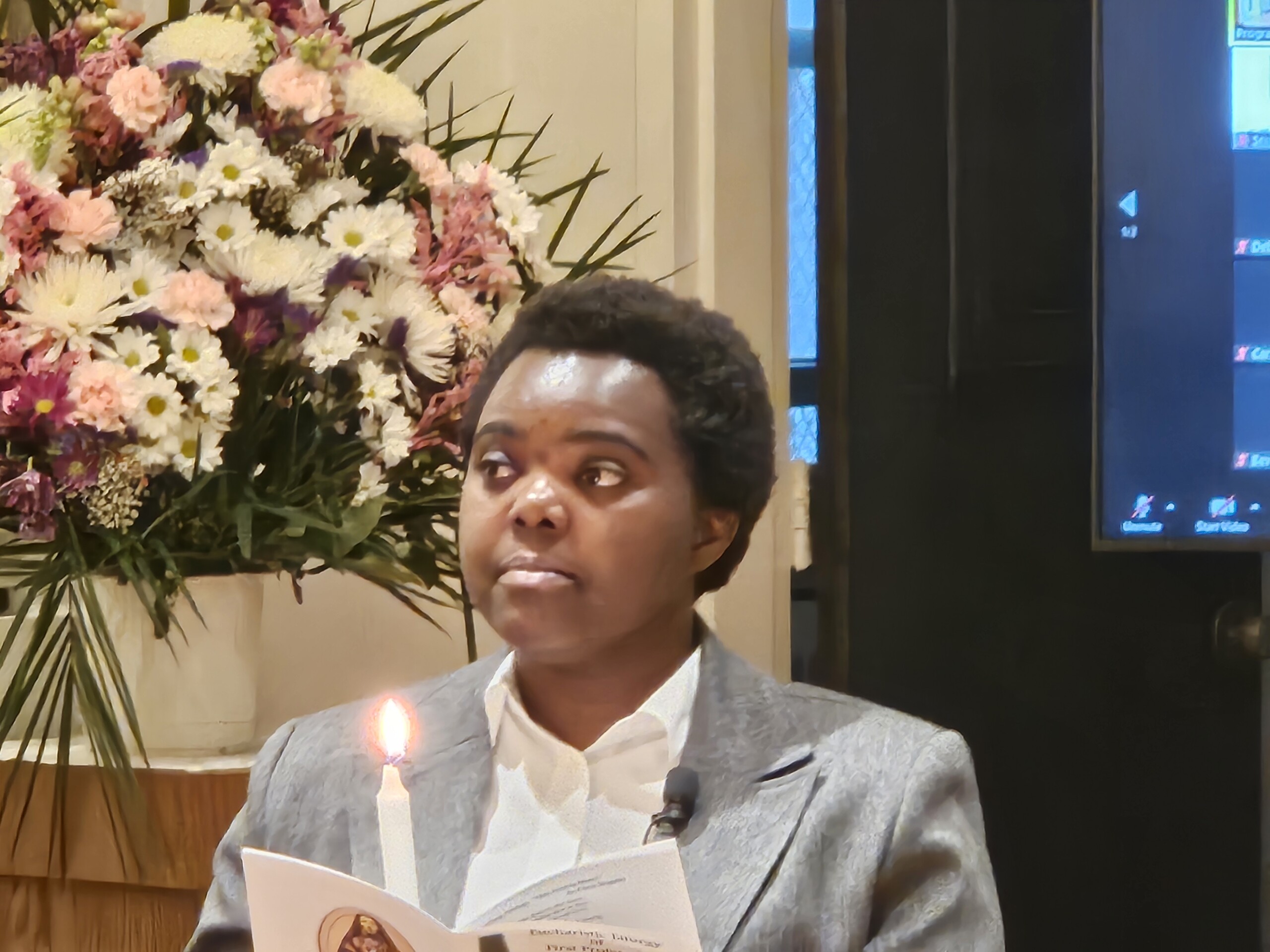
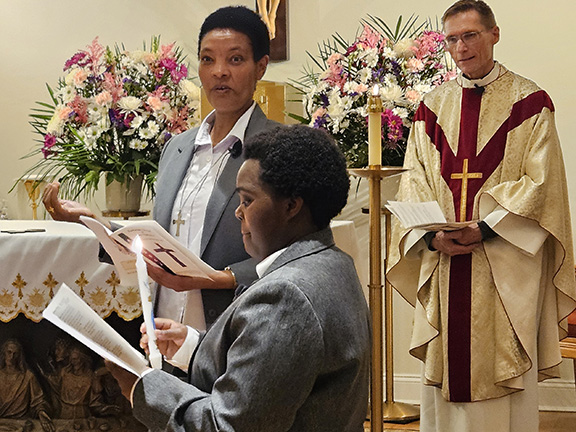
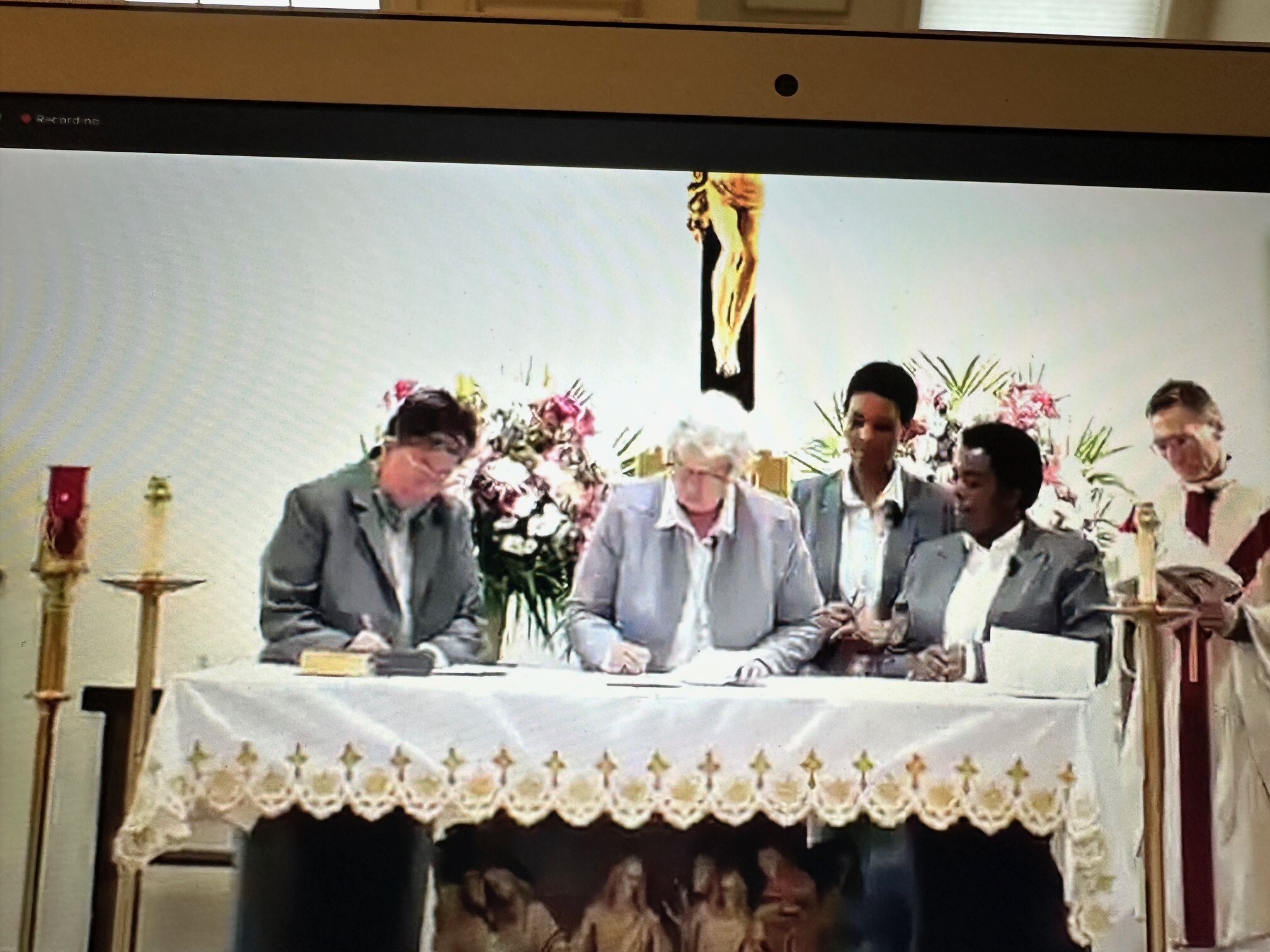 On February 2nd on the World Day for Consecrated Life, with many Missionary Sisters and friends in attendance, Sr. Evarlyne Ndeti, MSC made her First Profession of Vows at a beautiful Mass at the Sacred Heart Convent in New York City with Fr. James Mayzik, SJ as celebrant.
On February 2nd on the World Day for Consecrated Life, with many Missionary Sisters and friends in attendance, Sr. Evarlyne Ndeti, MSC made her First Profession of Vows at a beautiful Mass at the Sacred Heart Convent in New York City with Fr. James Mayzik, SJ as celebrant.